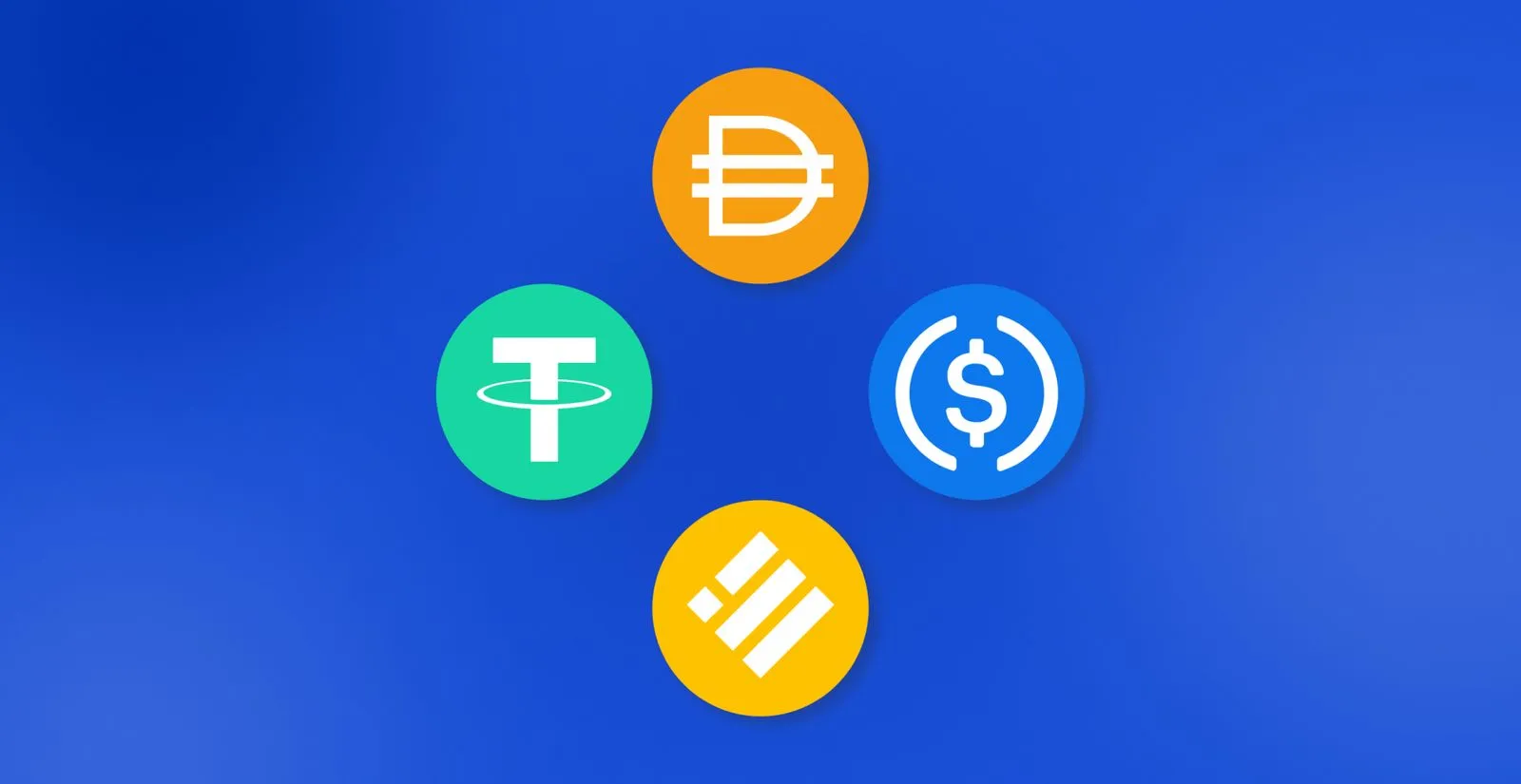A new impact report released by Yellow Card has highlighted how Africa is emerging as the epicentre of stablecoin adoption. The study reveals how stablecoins are moving from being used for speculative purposes to being used as practical financial tools across sub-Saharan Africa.
According to the Yellow Card report, in 2024, stablecoins accounted for 43% of total crypto transaction volume in sub-Saharan Africa. This is quite impressive by any standard. Nigeria recorded close to $22 billion in stablecoin transactions between July 2023 and June 2024. Down south, South Africa saw a 50% month-over-month increase since October 2023. This led to the displacement of bitcoin as the country’s most traded digital asset.
Kenya
Kenya is among the countries experiencing significant growth. According to Peter Mwangi, Yellow Card’s Country Manager, the adoption trend is being fueled by inflation, currency depreciation and the country’s mobile money infrastructure. “The country’s strong mobile money ecosystem, especially M-Pesa, allows for easy integration of stablecoins. A tech-savvy youth population also uses stablecoins for cheaper remittances and protection against volatility,” Mwangi noted.
Sharon Tum, Yellow Card’s Regional Manager for East Africa, emphasized that East African businesses are increasingly adopting stablecoins for faster cross-border settlements, reduced FX costs, and improved cash flow management. Companies are paying suppliers and receiving international payments in minutes at a fraction of traditional banking fees.
Global Growth
The global stablecoin market cap has grown sharply over the last five years. From $5 billion in early 2020 to $181.7 billion in March 2022. There was a temporary setback following the collapse of Terra’s UST and by May 2025, the total market cap reached $230 billion.
Stablecoins have seen $15.6 trillion processed globally this year. This is more than Visa and Mastercard combined. Monthly transactions now average 110 million and this highlights the growing role of these assets in the global financial system.
On Yellow Card’s platform, stablecoins now account for 99% of all transactions. Tether’s USDT leads the pack with 88.5% share. This is followed at a distant by USDC at 9.9%.
Regulatory Outlook
Governments across Africa are moving at different speeds on digital asset regulation. Some are focusing on anti-money laundering (AML) and counter-terrorism financing (CFT) while others are exploring frameworks for taxation. The regulatory environment will be a key factor in shaping how quickly stablecoin use grows across the continent.For payment companies, the stakes are high. Yellow Card’s recent partnership with Visa shows how traditional players are preparing for a stablecoin-driven future. “Every institution that moves money will need a stablecoin strategy,” Yellow Card CEO Chris Maurice said during the June 2025 announcement.
For these and more stories, follow us on X (Formerly Twitter), Facebook, LinkedIn and Telegram. You can also send us tips or reach out at [email protected].
Also Read: ViFi Labs Acquires Uganda’s OneRamp to Scale Stablecoin Payments



